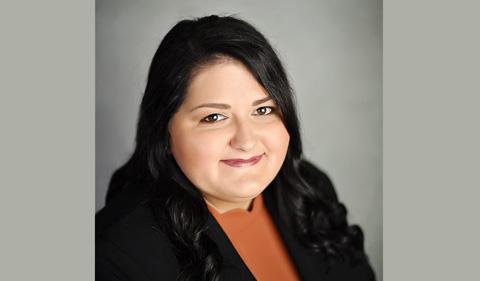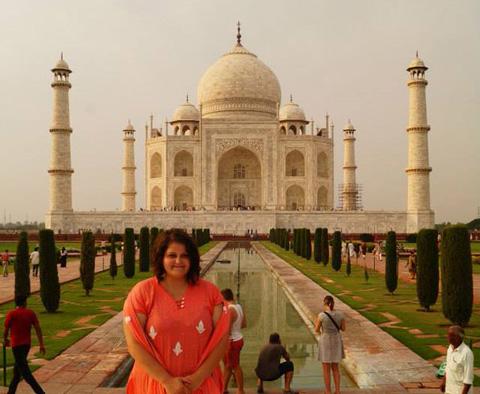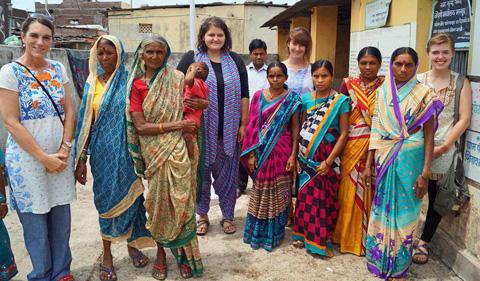
Notable Alumni | Grace Eberly Works at the Intersection of Religion and Healthcare

Editor’s Note: The College of Arts & Sciences Notable Alumni Awards honor alumni for broad career accomplishments, commitment to community service, and valuable contributions to Ohio University and the College of Arts & Sciences.
Grace Eberly ’16 World Religions
Grace Eberly combined her love of world religions with an aptitude for biology. Now she’s in her final year as a medical student at OHIO’s Heritage College of Osteopathic Medicine.
Her primary interests are in global medicine, the intersection of religion and healthcare, and social determinants of health.
“My long-term goal is to work as a pediatrician,” she says.
She also volunteers as a health-care navigator for refugees and immigrants with the Rural and Urban Scholars Pathway, a co-curricular program that provides students with the experience and knowledge required to meet patients’ healthcare needs in rural and urban under-served communities. In the summer of 2017, she served as health-care navigator for recently arrived refugees and immigrants in collaboration with Cleveland Catholic Charities, Migration and Refugee Services.
Her primary professional interests include social determinants of health, cultural competency, health-care policy, opioid use disorder and the intersection of religion and medicine. Her research revolves around the subject of parental substance abuse and its effects on pediatric health outcomes, which will lay the groundwork for a longitudinal project to develop creative interventions, to be continued into residency and hopefully leading to a pilot program.
Getting Real-World Experience at OHIO
Eberly earned a B.A. in World Religions summa cum laude with departmental honors and a minor in Biological Sciences from the College of Arts & Sciences at Ohio University in 2016.
Her departmental honors thesis was on “New Vrindaban: Pilgrimage, Patronage, and Demographic Change” explored the demographic changes at New Vrindaban, a religious community in West Virginia belonging to the International Society for Krishna Consciousness.
After a class field trip to the temples and grounds of New Vrindaban in West Virginia, Eberly remarked, “I think the trip’s important because you can learn a lot in the classroom, and you could read a hundred books, but you’d never actually experience it unless you go and see something like this. It’s not the same.”
As an undergrad, Eberly got experience working as Quality Control Assistant at Quality Diagnostics (now Quidel) in Athens. She “scanned various cell lines under microscope to inspect quality before shipment to hospitals and doctors’ offices where products are used for In Vitro diagnostic use. Some clinical laboratory work,” according to her LinkedIn profile.
She also worked as a lab assistant with OHIO’s Tropical Disease Institute on a project studying population growth patterns in evolutionary strains of Trypanosoma cruzi, a parasite endemic to South America.
Her activities include working as an OHIO Transfer Ambassador (she transferred from Denison University), PR-chair for AMSA (American Medical Student Association) Premed at Ohio University, co-founder and president of Ohio University Comparative Religion Club, weekly religion columnist for the Post, and Theta Alpha Kappa honor society.
OHIO Memories
“I do have very fond memories of my time in the department of Classics & World Religions,” Eberly says. “The culture within the department was so supportive and the professors are just brilliant.
“My favorite memory was when, as president of the Comparative Religion Club during my senior year, we raised enough money to bring over a group of Tibetan Buddhist monks. They spent a week on campus building a sand mandala in Baker Center and students and faculty would stop and watch the monks work as they passed through. It was a really neat experience.”



